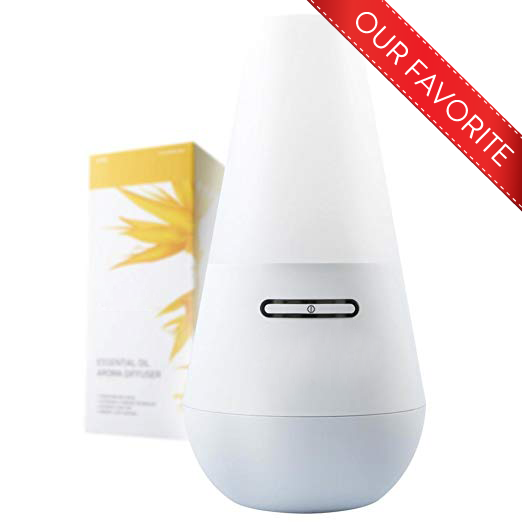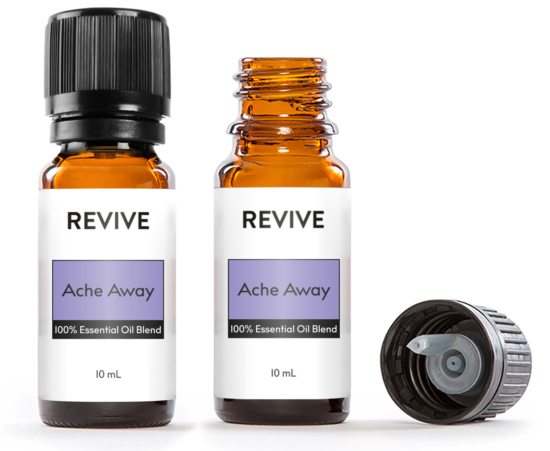Top 10 Ways to Use Essential Oils
Essential oils offer several physical, mental, and emotional benefits. These all-natural plant extracts have numerous applications that may support general health and wellness. You can use essential oils aromatically, topically, and internally.
Aromatically:
A pleasing and rich aroma greets you when you open a bottle of essential oil. The scent can stimulate parts of the limbic system connected to emotions, memory, and behavior; and physiological functions like heart rate and blood pressure. These centers in the brain may help calm emotions, uplift spirits, relieve anxiety, boost energy levels, and deodorize the surroundings. Of course, these are just a few of several benefits. A few ways to use essential oils aromatically:
1) Inhalation: This is perhaps the easiest method. You can start by deeply inhaling the scent from the bottle. Just uncap it and relish the aroma. You can also rub a drop or two between your palms, cup your hands around your nose, and breathe deeply.
2) Diffuser: Another way of using essential oils is through diffusion. Add 4-5 drops in an aromatherapy diffuser to slowly diffuse the scent throughout the room. You can place the diffusers in different areas of the house. Diffusers are the best way to enjoy your essential oils.
3) Jewelry: There are different types of essential oil bracelets and necklaces available. They are specially designed to hold and diffuse oils through the day. Available in several designs, they can be easily accessorized with different outfits. You simply add a drop or two to the jewelry before you wear it.

Topical Application:
You can also use essential oils by applying them directly to the skin. In fact, they are a popular ingredient in several commercially available cosmetic products and feature in many DIY projects. Essential oils offer localized benefits when applied to skin because they are quickly absorbed. Only some essential oils can be used neat, so make sure you read up on the oil before use. Dilute potent essential oils in a suitable carrier oil before using them on the skin. We recommend a dilution ratio of 12 drops of essential oils per fluid ounce (30ML) of carrier oil.
4) Prepare a blend: You can create a basic oil mix by adding essential oil to a carrier oil like coconut. You can create specific mixes depending on the application. For respiratory relief, use eucalyptus, peppermint, or rosemary mixed with fractionated coconut oil. You can rub this mix on the chest, back, nape, and soles of the feet.
5) Roll-on bottle: You can create a simple signature scent for yourself by blending two or more oils. Start with lavender. Add 10 drops of lavender to a roll-on bottle. Fill up the rest with a carrier oil like jojoba or sweet almond. You can try creating more scents by mixing two or more essential oils.
6) Soothing Soak: A good way to de-stress after a long and tiring day is by relaxing in a warm bath. You can achieve this with essential oils like frankincense, lavender, or chamomile. Add 15-20 drops of oil to a cup of Epsom salts and add this to the water. Step in and enjoy a calming soak.
7) Facial oil: If you are looking for natural skin care and want to make your own beauty products at home, use essential oils. All you need to do is mix a skin-friendly oil like lavender, tea tree, geranium, or frankincense to a carrier oil like jojoba to create a facial oil. You can also add a few drops of your favorite essential oil to your existing skincare products.
8) Hair care: You can use essential oils like rosemary, cedarwood, or lavender to promote hair growth and scalp health. They may strengthen hair roots, arrest dandruff, reduce hair fall, and promote growth. Rosemary may have powerful effects on memory and recall. You can make a hair oil by mixing these with a carrier oil like coconut and using the mix for an invigorating head massage.
Internally:
Several essential oils come from plants that have culinary and medicinal benefits. When ingested, essential oils may help support cardiovascular, immune, and respiratory functions. They enter the bloodstream via the gastrointestinal tract and are then carried to different parts of the body and eventually excreted. Essential oils can be safely ingested if proper guidelines are followed. Always read the label for recommendations. When properly ingested, they can be beneficial for the body.
9) Cooking: You can safely substitute essential oils for specific herbs in recipes, for e.g. oregano or rosemary. We recommend you start with very small quantities. Dip a toothpick in the oil and add to the food. You can also flavor your tea by adding a drop of lemon or chamomile.
10) Supplements: Essential oils can also be taken in a veggie capsule to support respiratory, digestive and cardiovascular functions. Add a drop or two to a capsule and take. You can also add a drop to a glass of water or a small bowl of yogurt and consume.

Safety information:
Essential oils are concentrated and potent, use them with care and caution. Never use them on sensitive parts of your body like the eyes and the ear canal. Always consult a professional before using essential oils if you are taking medication for a pre-existing condition or if you are pregnant. Conduct a skin patch test on your wrist to check for sensitivity or reaction before applying topically.





